Chorley people's wartime efforts included everything from growing their own food, working in munitions factories, enlisting as volunteers and raising much-needed funds
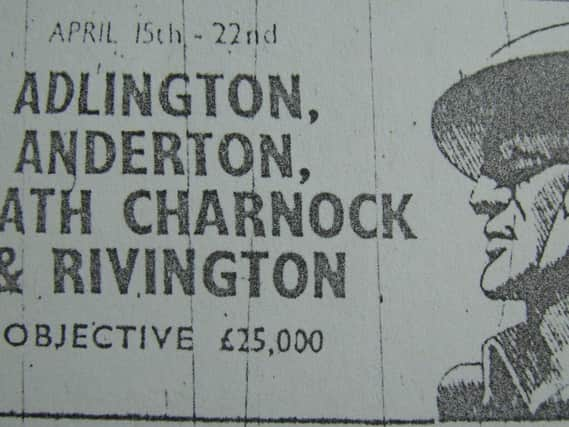

As the Chorley Guardian reflects on the 150 years since it first published, we're telling the stories which have touched our community. We continue to look back in our Chorley 150 series with local historian Stuart Clewlow
Almost from the outset, what was to become known as World War Two, was `total war`.
Advertisement
Hide AdAdvertisement
Hide AdTo that affect, it wasn’t just the military that were caught up in the action, it was now also the civilians who were directly involved.
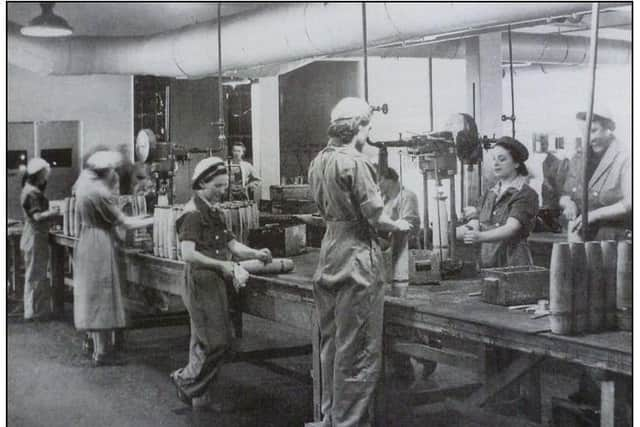

At first they were encouraged to do their bit by growing their own food, making do and mend, accepting and adapting to rationing, etc.
People were also of course at danger due to enemy air attacks.
It soon became necessary for civilians to be more directly involved with the war.
Advertisement
Hide AdAdvertisement
Hide Ad“There may be dark days ahead, and war can no longer be confined to the Battlefield” - King George VI, 3rd Sept. 1939.
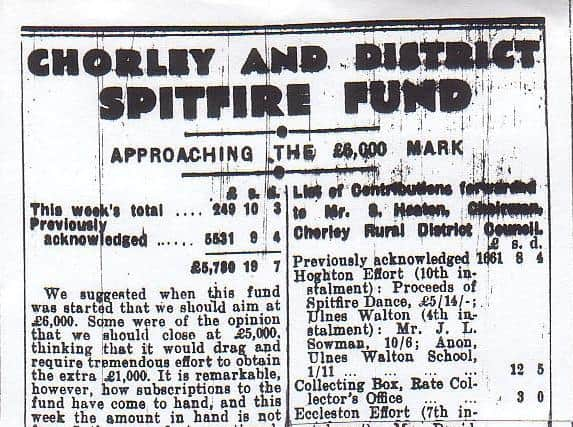

Women not only enlisted to work in the munitions factories (such as ROF Chorley) producing bullets and grenades, etc, they were also breaking down the social barriers yet further and becoming involved even closer with the military.
Young women were being trained up as pilots and as such would ferry newly-produced aircraft to their designated squadrons and airfields.
They were also manning the anti-aircraft gun batteries (of which many sprang up around the district), which would protect the British industrial centres and sites of military importance.
Advertisement
Hide AdAdvertisement
Hide AdEven the men who were too old or unfit for active service still found their position within the war machine.
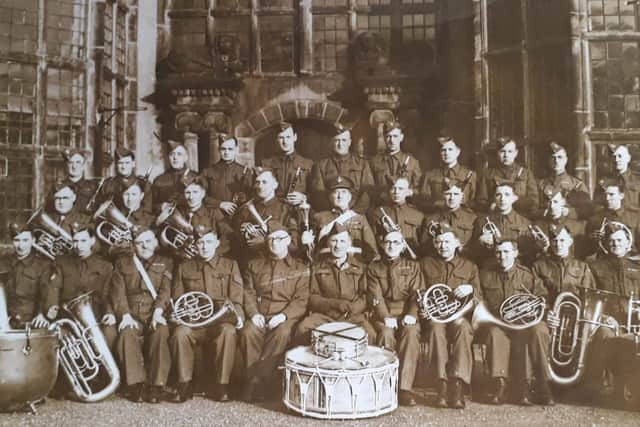

One such position was within Local Defence Volunteer groups that mobilised around the country.
They were later renamed the Home Guard, or more affectionately referred to as Dad’s Army.
They consisted of `old boys` who had fought in World War One or even the Boer War (of 1899-1902) and those unfit or too young for military service abroad.
Advertisement
Hide AdAdvertisement
Hide AdThere was also the Women’s Voluntary Services, Air Raid Precaution Wardens, Fire watchers, Auxiliary Fire Service, Women’s Land Army, and many more voluntary groups.
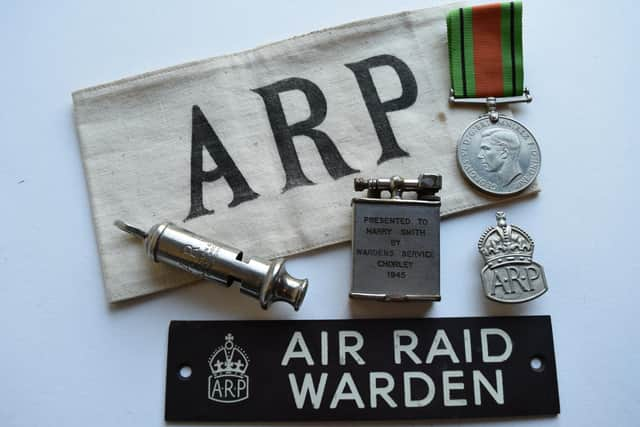

From 1939 the National Savings Movement developed fund raising campaigns and War Bonds were sold to help finance the requirements of the Armed Forces.
These schemes provided yet another way for civilians to support the war effort.
It seems that the great effort by the civilian population of Chorley borough to support the war, has been largely forgotten, but the huge amounts of money raised is certainly worthy of note.
Advertisement
Hide AdAdvertisement
Hide AdThe major funds organised through Chorley and District included:
1940 Chorley & District Spitfire Fund,
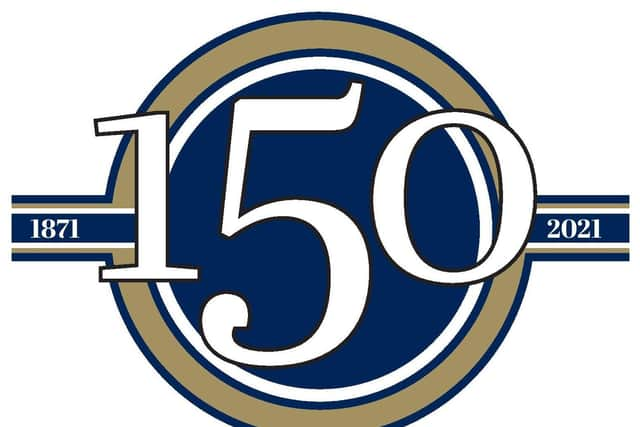

1941 Chorley & District War Weapons Week
1942 Chorley & District Warships Week
1943 Wings for Victory Week
1944 Salute the Soldier Week.
There were also other funds or efforts such as:
The Motor Ambulance Fund
The Red Cross
Prisoners of War Fund
Soldiers Comforts
Help for Russia
HMS/m Ursula Comforts, United Aid to China, Searchlights Comforts, and many more.
The people of Chorley and district certainly went above and beyond to support the war effort; not only in terms of people enlisting to serve with the Armed Forces, but also by the contributions and donations made by those who remained at home.
Everyone did their bit.
>>> More nostalgia from Stuart Clewlow: Chorley Pals: The poignant story of a bible from Croston which reconciled soldiers on opposite sides in World War One .
Chorley 150 countdown
This story is part of our Chorley 150 series to mark the 150th anniversary of the Chorley Guardian.
If you'd like to suggest a story for this Chorley 150 series then email [email protected]
Comment Guidelines
National World encourages reader discussion on our stories. User feedback, insights and back-and-forth exchanges add a rich layer of context to reporting. Please review our Community Guidelines before commenting.
